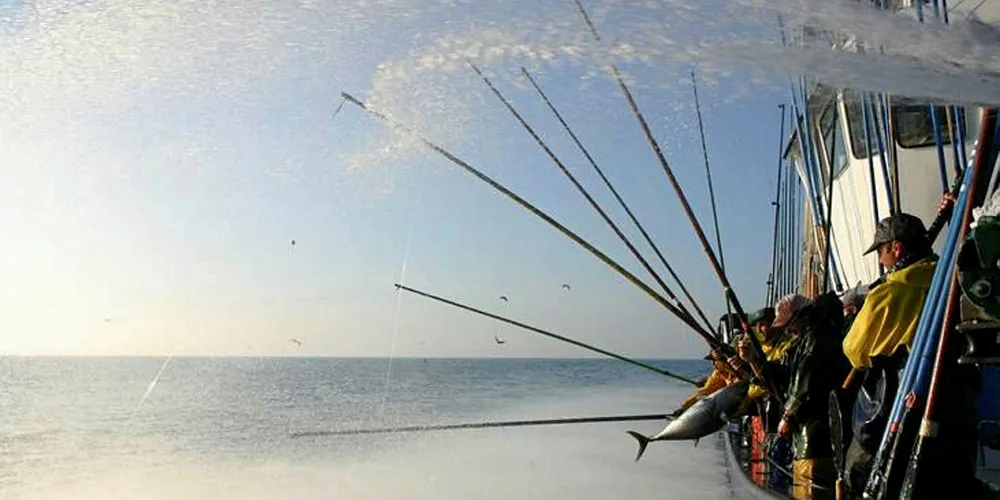One-by-one tuna conference blog: Can industrial and small-scale fisheries coexist?
The world's first dedicated one-by-one tuna conference took place on the Azores Islands, Portugal. Read the dedicated IntraFish blog to get all the news from the event.
